🧵regarding Some of the T...

Highlights
- 🧵regarding some of the tools for temporarily controlling larger blood vessels, such as vessel loops, Rumel tourniquets, Bulldog clamps, and so forth.
Note: I won't be covering the many different vascular clamps; that's a thread for another day...
(1/ )
 (View Tweet)
(View Tweet)
- To avoid confusion, the model for part of the thread was made using Penrose drains I painted blue and red. These were tunnelled though a chicken, then filled with water and tied off.
The paint starts flaking off over the course of the 🧵, which you'll have to deal with.
 (View Tweet)
(View Tweet)
- The most basic tool to facilitate control of larger blood vessels is probably the silicone 'vessel loop'.
These come in a variety of sizes, and also have found a number of surgical uses in other areas that have nothing to do with blood vessels.
 (View Tweet)
(View Tweet)
- In its simplest version, the vessel loop is passed around the vessel once, and the two ends are secured with a clamp.
During the times where we don't need to be interrupting blood flow or retracting the vessel, the vessel loop is just left loose (R picture).

 (View Tweet)
(View Tweet)
- Vessel loops are also useful for retracting the vessels.
Here, the lower of the 2 vessel loops is being used to retract the 'artery' laterally, so we can work directly behind it.
 (View Tweet)
(View Tweet)
- It's common to place vessel loops in both proximal and distal locations around all of the major vessels in the field (and possibly their branches).
Also shown is a real-life example from @reneLizola.

 (View Tweet)
(View Tweet)
- If the vessel loop is passed around only once, it may not be sufficient to interrupt blood flow, especially for arteries.
Here, the vessel loop has been passed around the artery twice, and now will be much more effective at actually occluding it when it's needed.
 (View Tweet)
(View Tweet)
- A particularly slick sequence of maneuvers is used for passing a vessel loop around a deep branching vessel such as the profunda (simulated here).
It's hard to show properly with pictures, but I'll give it a try.
 (View Tweet)
(View Tweet)
- Basically, by passing the loop behind the SFA, first above and then below the profunda in the other direction, and then doing the same thing again, I am able to encircle it.
(the sequence is upper L, upper R, lower L, lower R; if you aren't following it, don't worry)
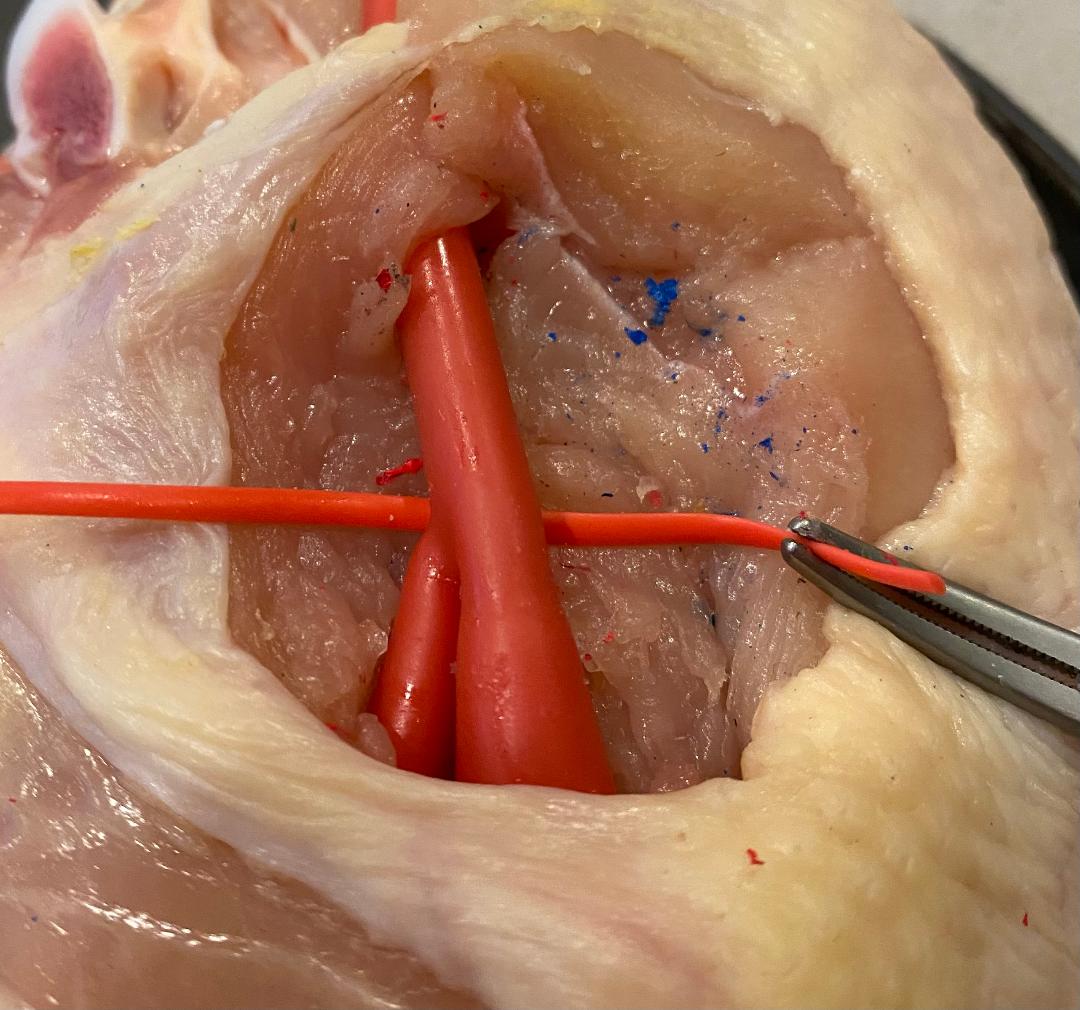
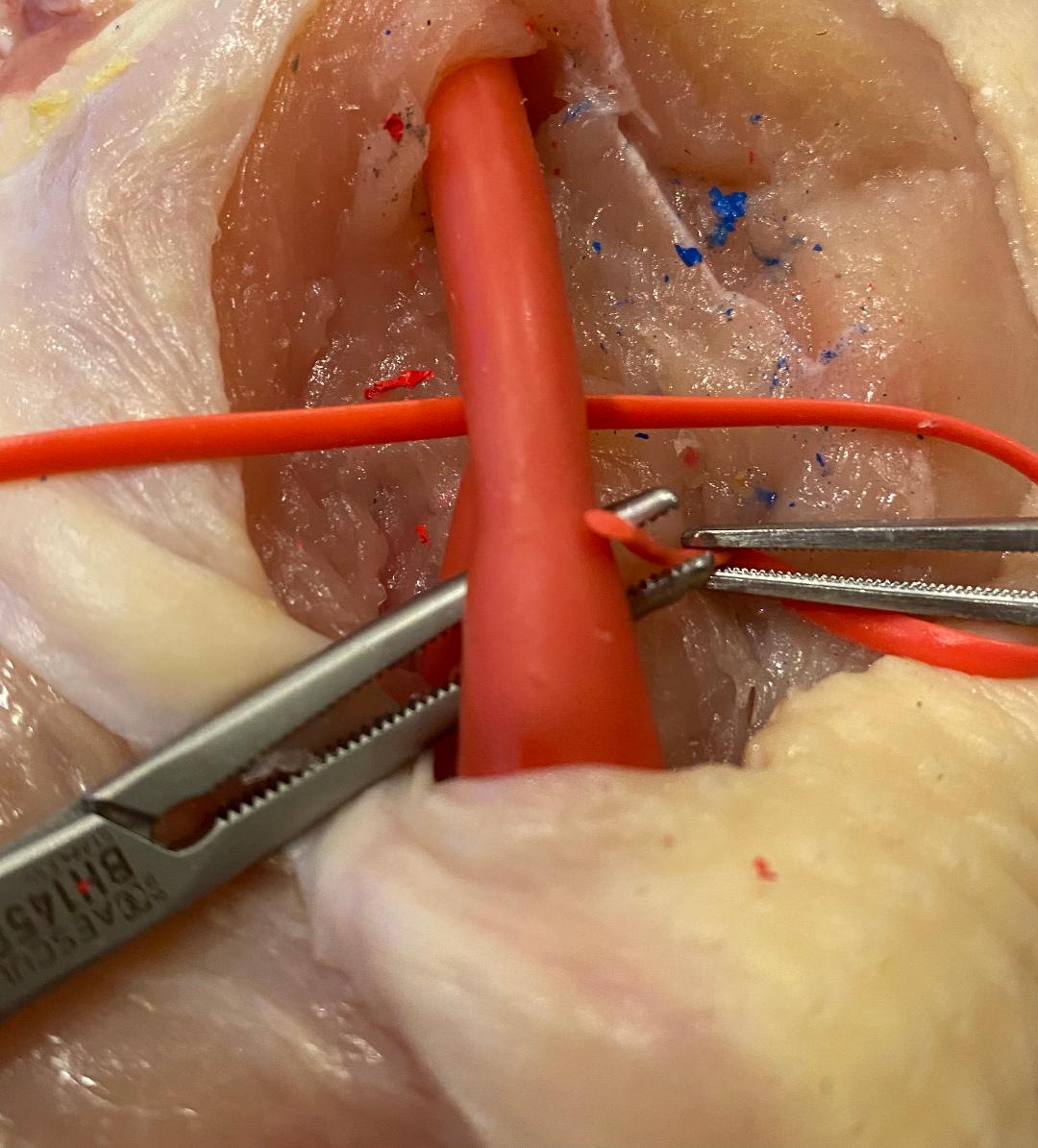
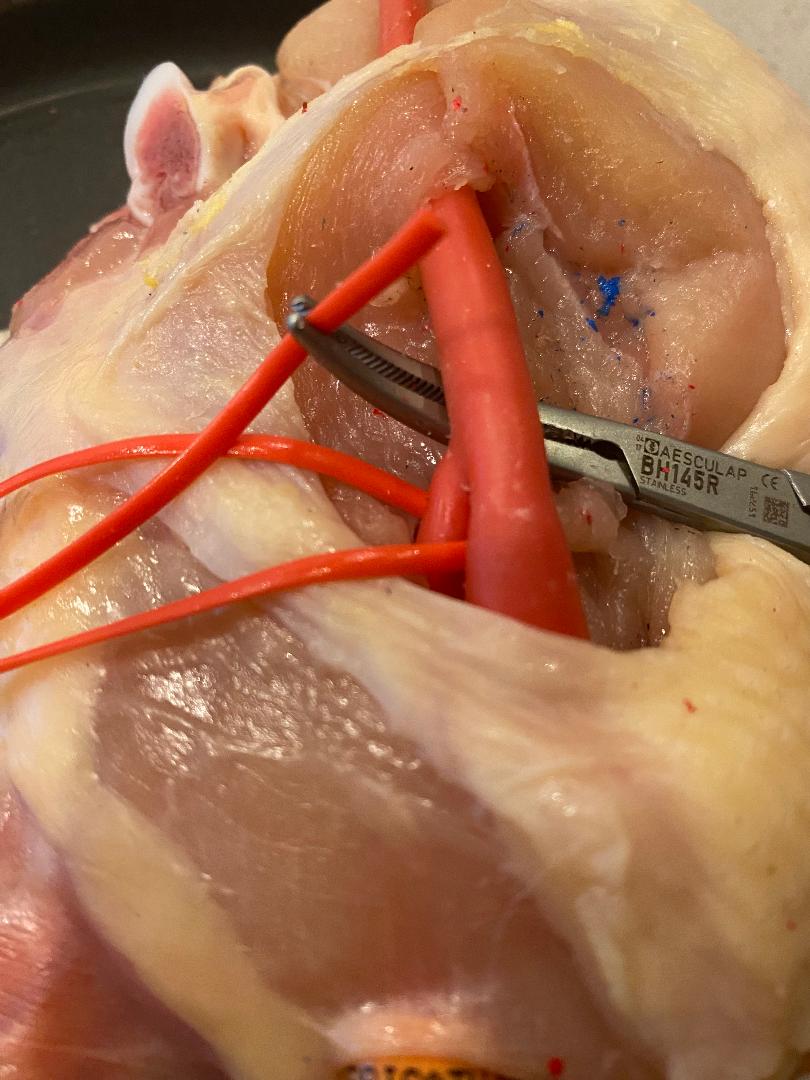
 (View Tweet)
(View Tweet)
- The interesting thing about the maneuver is that I never actually had to manipulate around the profunda itself directly. All of the movements of the clamp were actually around the superficial vessel, and yet the deeper vessel is encircled.
 (View Tweet)
(View Tweet)
- Another device for temporarily occluding vessels is a Rumel tourniquet. It is named for William Ray Rumel, a cardiothoracic surgeon from Utah, who also devised a number of other pieces of equipment.
We'll look at the simpler version of the Rumel for controlling vessels.

 (View Tweet)
(View Tweet)
- To assemble a Rumel tourniquet, you'll need umbilical tape, the Rumel passing device and a section of red rubber catheter which has been cut to the desired length.
Then, load the section of red rubber catheter onto the passer.

 (View Tweet)
(View Tweet)
- Once the umbilical tape has been looped around the vessel, hook the strings with the end of the passing device and pull them through the red rubber catheter.

 (View Tweet)
(View Tweet)
- You can leave the strings loose when you don't need the vessel to be occluded.
When you need to stop blood flow, cinch down the red rubber catheter onto the vessel and secure it with the clamp.

 (View Tweet)
(View Tweet)
- Rumel tourniquets also have more complicated uses in cardiac surgery, but these are beyond the scope of this thread (and my knowledge). I believe they are often used to tighten pursestring sutures around cannulae.
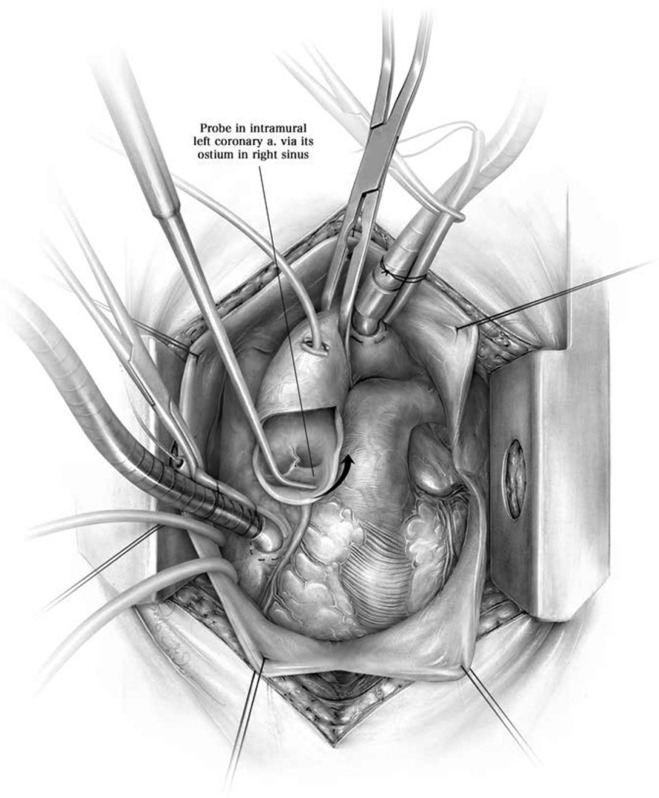
 (View Tweet)
(View Tweet)
- 'Bulldog' clamps may be placed. One pushes on the handles to open them, and when pressure is let off, they close on the vessel.
These come in many shapes and sizes. The ones shown here are plastic disposable ones. They may be placed manually or with an applicating instrument.
 (View Tweet)
(View Tweet)
- There are also a wide variety of reusable metallic bulldog clamps in different shapes and sizes.
Laparoscopic versions also exist (lower L).
Some clips for microsurgical use are seen (lower R; note the small size).



 (View Tweet)
(View Tweet)
- There are many more types than I can cover, but I'll show one more. This is a 'Fibra' clip, which appears to have Velcro on the jaws to keep it from slipping off the vessel.
Like the others, you push it to open the jaws and then place it on the vessel.
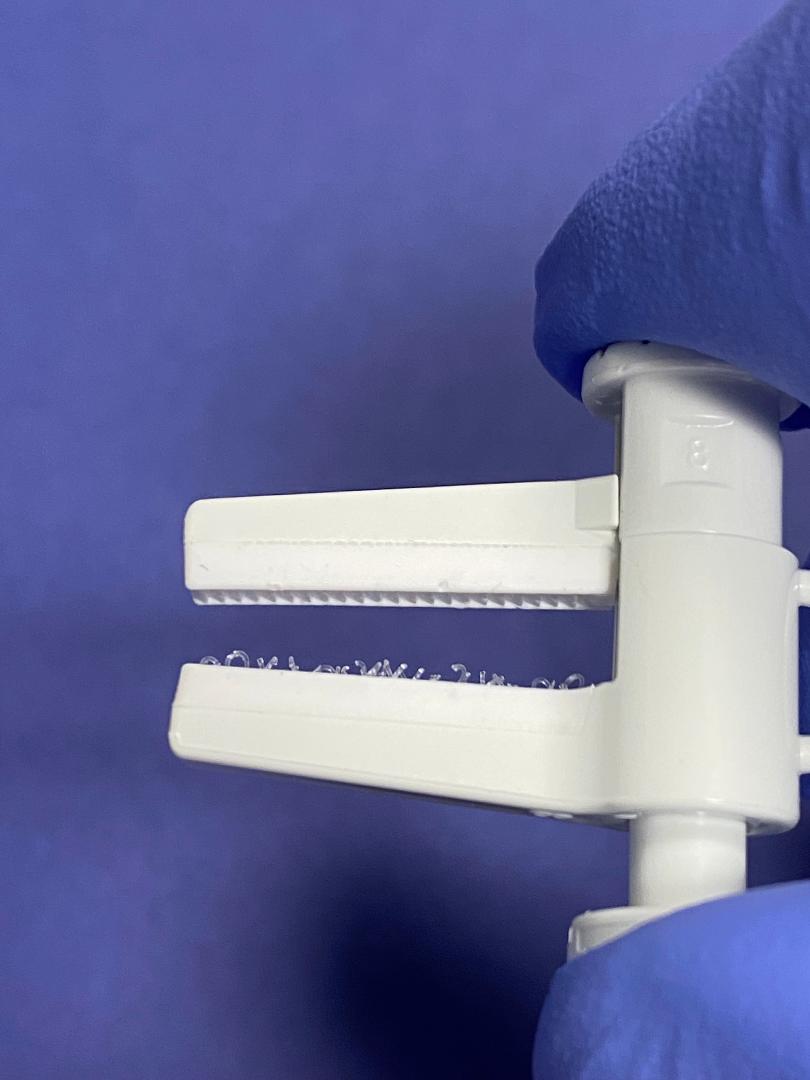
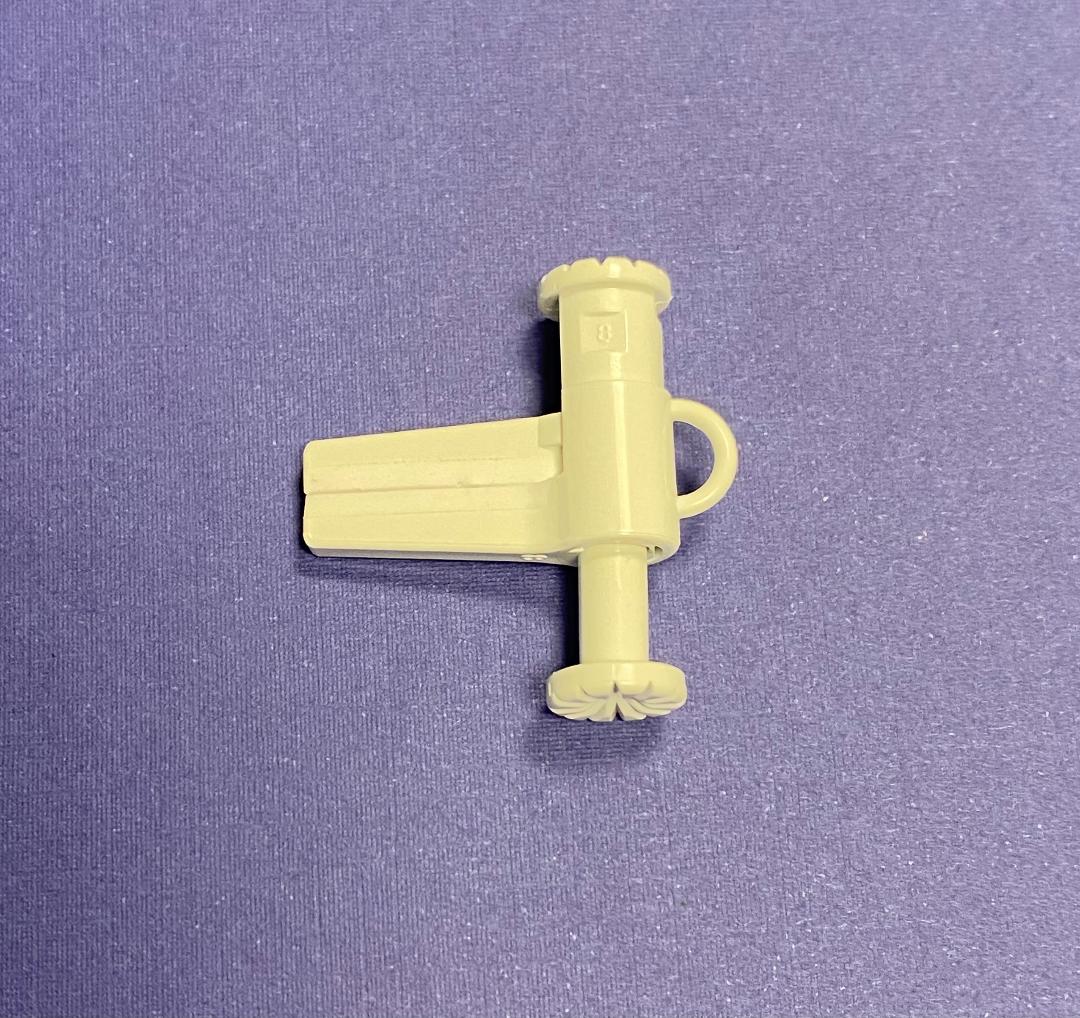
 (View Tweet)
(View Tweet)
- If there is a vessel that you don't want to put clamps on for whatever reason (can't fully dissect out, etc), two Fogarty catheters can be used for control. They are then removed right before the suture line is finished.
(ignore the different sizes, these are what I had).
 (View Tweet)
(View Tweet)
- This book contains a lot of very direct and practical information about all sorts of basic and more advanced vascular surgical techniques. It is more than 20 years old, but is still very useful. It has always been a favorite of mine. Link below:
https://t.co/UVrKigkKqg
⬛️
 (View Tweet)
(View Tweet)

 (View Tweet)
(View Tweet) (View Tweet)
(View Tweet) (View Tweet)
(View Tweet)
 (View Tweet)
(View Tweet) (View Tweet)
(View Tweet)
 (View Tweet)
(View Tweet) (View Tweet)
(View Tweet) (View Tweet)
(View Tweet)


 (View Tweet)
(View Tweet) (View Tweet)
(View Tweet)
 (View Tweet)
(View Tweet)
 (View Tweet)
(View Tweet)
 (View Tweet)
(View Tweet)
 (View Tweet)
(View Tweet)
 (View Tweet)
(View Tweet) (View Tweet)
(View Tweet)


 (View Tweet)
(View Tweet)

 (View Tweet)
(View Tweet) (View Tweet)
(View Tweet) (View Tweet)
(View Tweet)